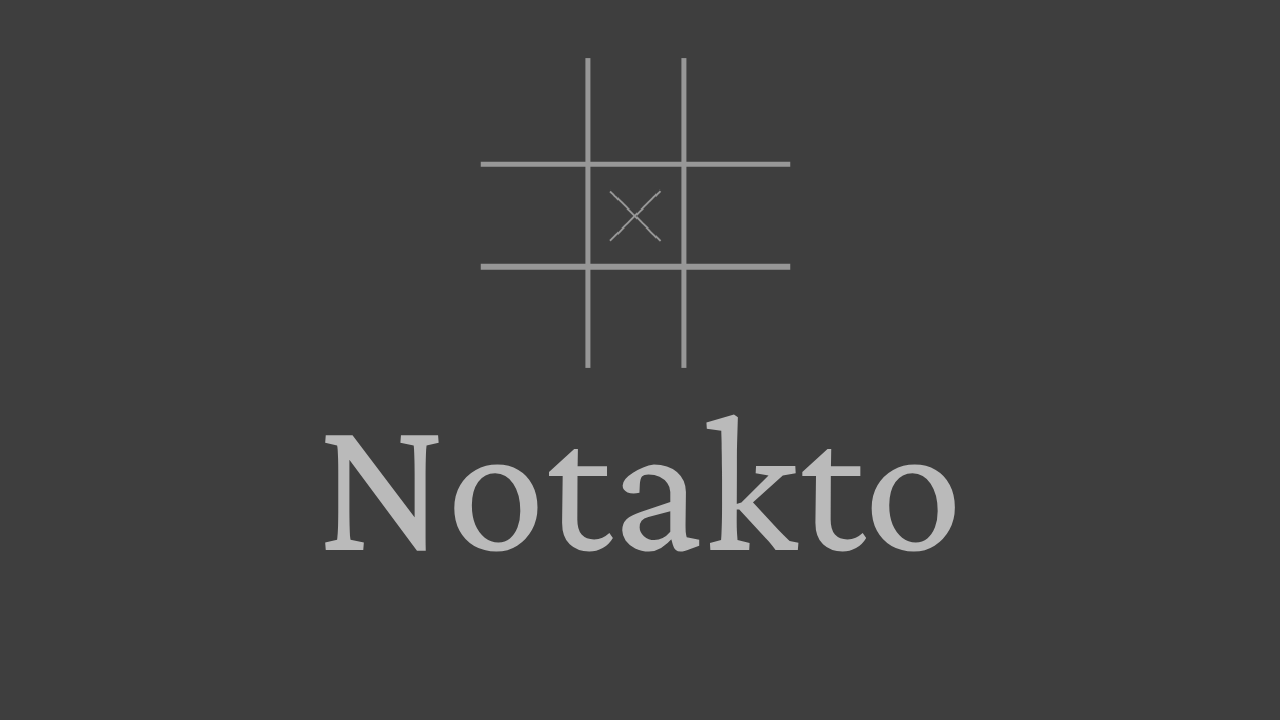
Notakto: A Haskell game with Apecs and Raylib
- November 20, 2022
- 88 Minutes
My previous post on Apecs was very well received, but I've seen a lot of people using the now-out-of-date code and somewhat struggling. Time to dive back in!

My previous post on Apecs was very well received, but I've seen a lot of people using the now-out-of-date code and somewhat struggling. Time to dive back in!
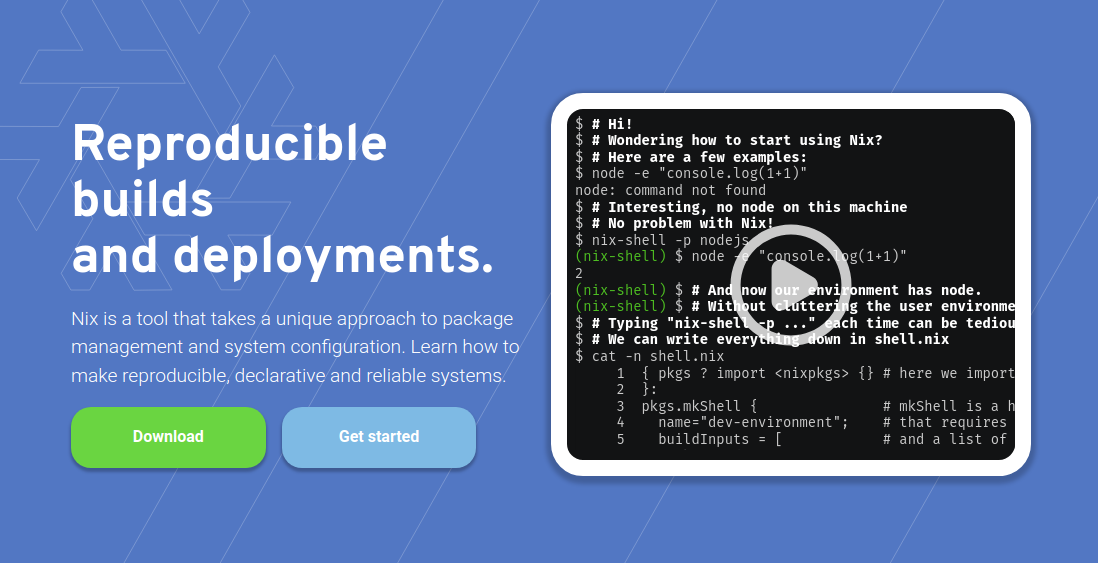
I seem to be nixifying everything, from my operating system to my website. I wanted to go into a bit of detail about what it's like working with Nix.
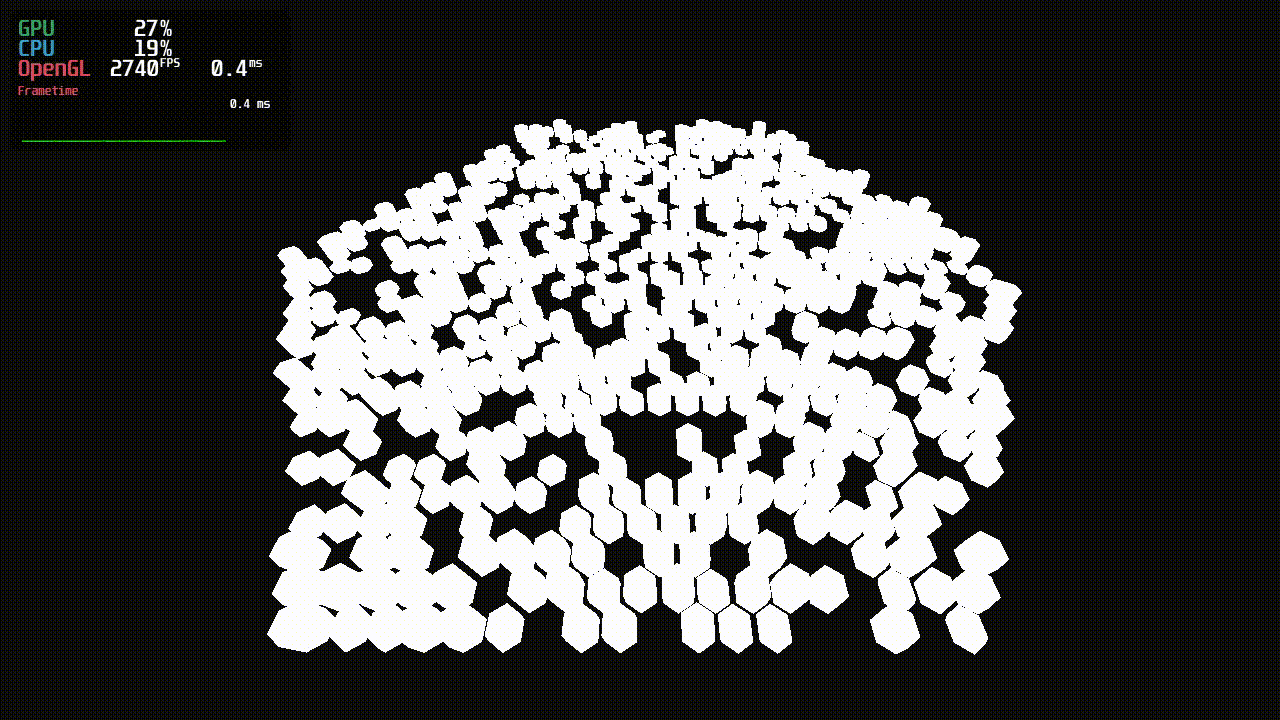
I've been playing around with Haskell for quite a while and I wanted to have a play around with a purely-functional graphics pipeline.
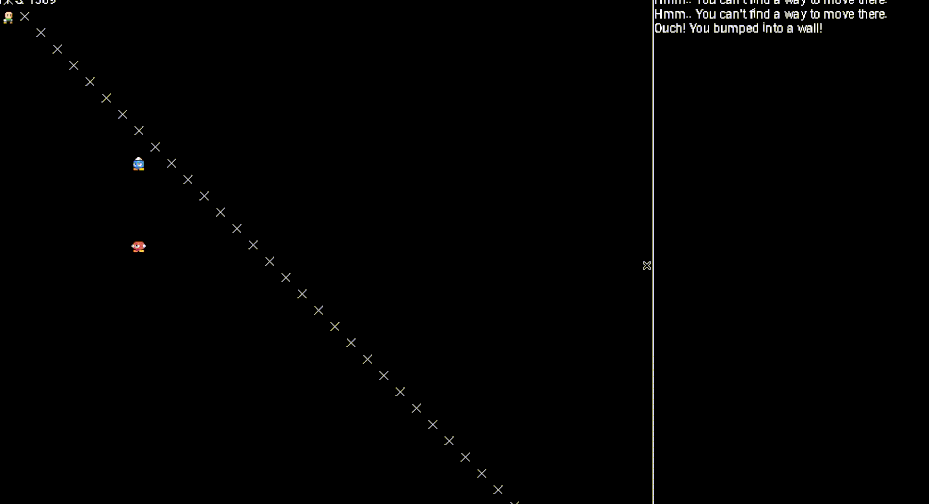
My first attempt at game development in the functional language, Haskell, as well as a description of the challenges I had to overcome to get things working.

There have been so many attempts to pioneer gamedev in Haskell, and yet still no commercial releases. In this post I hope to clear the air a little bit and encourage new developers to try Haskell.
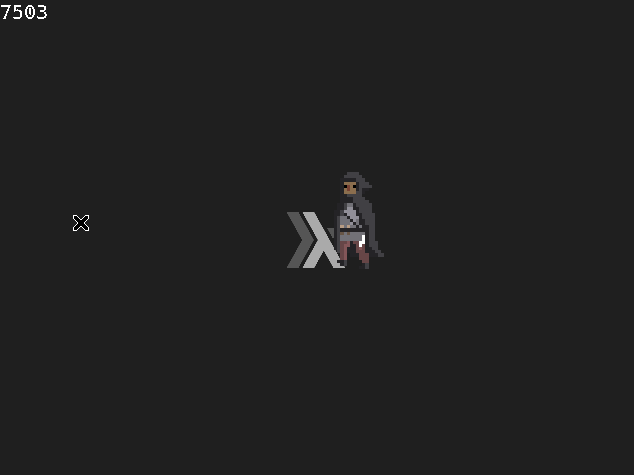
My experiences of making a game in Haskell and how I think it's is a pioneering process. Despite a wiki and subreddit dedicated to gamedev in Haskell, not many people have actually succeeded making anything close to current games.

In this post, I'd like to write a beginner-friendly summary in layman's terms with regards to why I have taken such an interest in a language I've only started using. Hopefully this will inspire some people to consider using alternate languages to the ones they're used to.